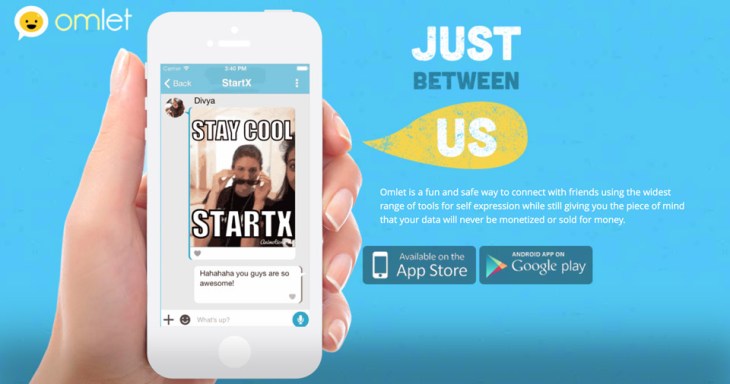The bright minds at Stanford who created Omlet have a different idea about how communicating — and more importantly, the data that goes along with communication — should be handled these days.
Given the recent purchase of WhatsApp by Facebook, the content and conversations taking place in the digital realm are obviously no laughing mater in the eyes of big internet companies. Omlet’s goal seems to be one of participating just like other social networks and chat services, yet giving users a choice in where the content they create is stored, controlled and monetized.
Created by Stanford Professor Monica Lam, along with several of her PhD students, Omlet decentralizes the location of the content that inevitably becomes part of the conversation and gives users a choice of where they store those images, videos or other content.
“Omlet is the first open chat platform that lets users own and manage their data,” said Lam, co-founder and CEO of MobiSocial (the company that technically owns Omlet). “In a time when users are becoming more aware of the dangers of closed networks that monetize their data, Omlet has created the first open chat platform that gives users the ability to save and manage their data in any way they choose.”
As a company, MobiSocial promises never to monetize users’ data in any way. Omlet lets users link their chat accounts to their Box and Dropbox accounts today, with more choices in the future. The company stores users’ data only for two weeks on Omlet’s servers to handle disconnected devices.
But after speaking with Ms. Lam, privacy is not the only component of the chat app. It’s still about collaboration and a major goal of the app is not sacrificing the collaborative aspects of it for the sake of privacy. It really seems to be about giving users choices about their data.
But if they are not monetizing through use of consumer’s data, like some other services, how are they monetizing? Our conversation pointed to a few different possibilities like kickbacks from data storage networks or value added services. They have definite strategies for this, but I was happy to hear that their focus on building something beautiful and usable was an equally high priority.
In any event, it is an interesting take on typical chat apps. Interesting enough to have the likes or ASUS directly integrating Omlet into their new ZenFone line. Additionally, Stanford University has also chosen to integrate Omlet into their iStanford app.
The problem with launching any new communication tool from scratch is obviously getting enough users to make it viable. The integration with iStanford could give Omlet enough initial users to crack the ice. We’ll see.
